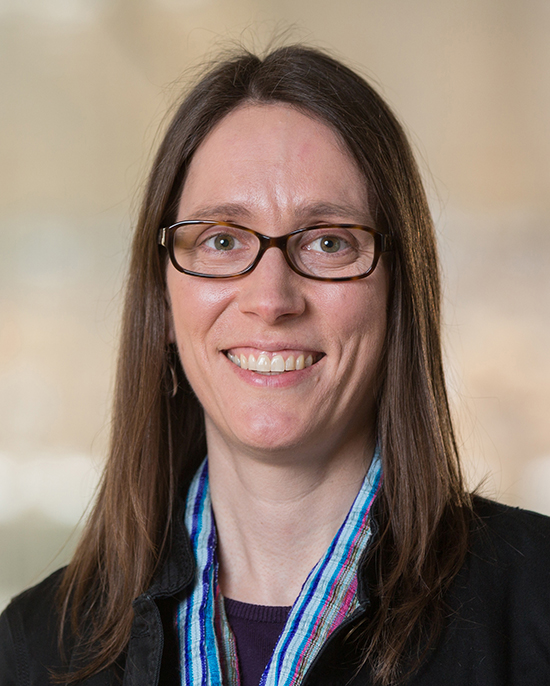Other Event
Glassy electronics: exploiting the amorphous phase
Add to Google Calendar

Abstract:
Amorphous or glassy oxides have been used by humankind for thousands of years for optically transparent and impervious vessels, beads, and windows, and later for thermal and electrical isolation. Recently amorphous oxides made of higher order alloys have been investigated as electronic materials. Amorphous alloy thin film electronics enable novel properties and fabrication methods that are not accessible with crystalline materials. In this talk, I will present two examples of amorphous oxides made by facile solution processes and their use in electronic devices. The first example is smooth, amorphous zinc tin oxide (ZTO) semiconductor thin films made using multiple spin-coated layers. The ZTO can be used in laterally-conducting thin film transistors for display backplanes and digital circuits, and in vertical Schottky diodes for AC-DC conversion and energy harvesting circuits. The second example is solution-processed yttrium-scandium oxides as high-k dielectrics, which may be used as high-k gate insulators in CMOS technologies, as insulators in printed thin film/hybrid electronics, and as passivation layers for high power devices. Rare-earth, non-silicate oxides have excellent moisture resistance, a high relative dielectric constant, and large band offsets to many semiconductors. Our solution-deposited Y-Sc-O oxides have low leakage current density and a high breakdown field. Compared with binary oxides, ternary alloys exhibit a higher crystallization temperature, and maintain their excellent dielectric performance even after crystallization.
Bio:
Becky (R. L.) Peterson received her B.S., M.S. and Ph.D. degrees from University of Rochester, NY, University of Minnesota "“ Twin Cities, and Princeton University, respectively, in electrical engineering. She was previously a post-doctoral researcher at the Cavendish Laboratory, Department of Physics, and an Associate Lecturer at Newnham College at Cambridge University, UK. Since 2013 she has been an Assistant Professor at the University of Michigan in Electrical Engineering and Computer Science. Dr. Peterson was the recipient of a DARPA Young Faculty Award in 2014 and an Elizabeth C. Crosby Research Award in 2013. Her research has been supported by the DARPA, NSF and Samsung. For more information, please visit http://www.eecs.umich.edu/~blpeters
 MENU
MENU 
